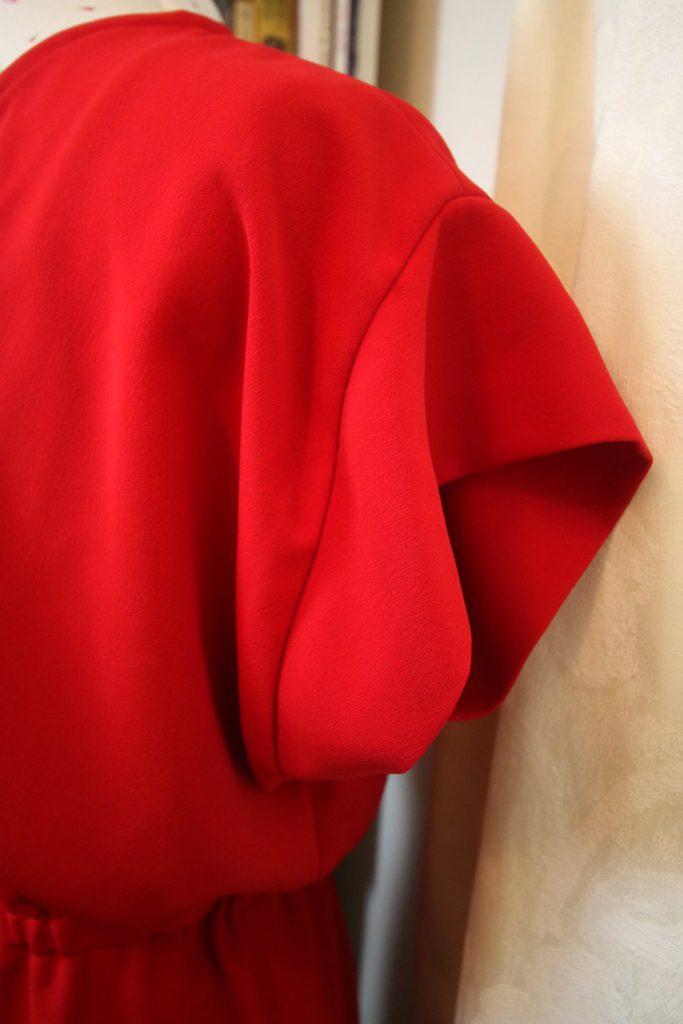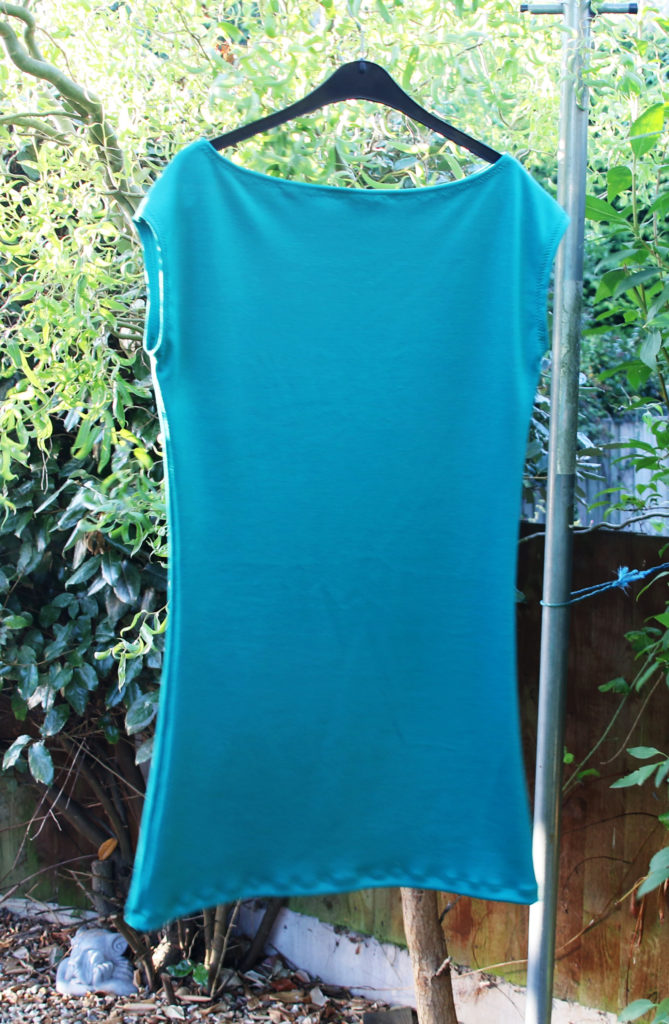Sew a Wheat Warmer
I had some lovely leftover fleece from making one of my niece’s a leopard print cape last Christmas, so I decided to use it to make some lavender wheat warmers for myself and others. I find wheat warmers are really useful when you feel a bit sore or stiff and I had been using a very old shop bought one for years to manage my chronic health symptoms before getting round to making this one. Once you have made it, all you need to do is pop it in the microwave for up to 120 seconds if less than 800 Watt, or up to 100 seconds if your microwave is 800-1000 Watt. It can help to put a small mug filled with water in the microwave at the same time to provide a bit of moisture (just in the microwave with it, not poured over it!) What you need What you need: 45 x 29 cm (18 x 11.5 inches) fabric - I used fleece 750g of dried wheat 2 tablespoons of dried lavender In addition to the usual sewing items, you will need a funnel or something similar to fill the warmer with wheat (I used the cardboard in the middle of a finished toilet roll) as well as a bowl and scales to mix the dry ingredients. 1. Fold and pin the fabric Fold your fabric in half lengthways, right sides together, so that the long ends meet. Pin or peg along the raw edges. 2. Sew together the sides and ends of the wheat warmer With a 1cm (1/2 inch) seam allowance, stitch around the three open sides, leaving a gap at one of the short ends for turning right side out/ stuffing. 3. Trim and turn right sides out Trim the corners slightly and turn right side out. 4. Mark a line in the middle of the wheat warmer With a few pins, mark a line in the middle of the wheat warmer which is parallel to the long sides of the warmer. You may find it easier to then tack the line in place, especially when using a bulky fabric like fleece. 5. Stitch centre line Stitch along the marked line, starting and ending about 7.5cm (3 inches) from the short ends of the warmer. 6. Prepare the filling Mix around 750g of wheat with 2 tablespoons of dried lavender in a bowl. 7. Fill the wheat warmer Using a funnel and spoon, gradually fill the warmer with the mix. 8. Sew up the opening Slip stitch the opening closed. Variations: Vary the size and shape depending on how you wish to use the warmer – you may wish to make it circular or thinner – just remember to scale the amount of dry ingredients! These instructions include adding a line of stitching in the middle of the length of the warmer, but you could leave this step out. Alternatively, you could add another line or two of stitching or stitch lines the other way…


